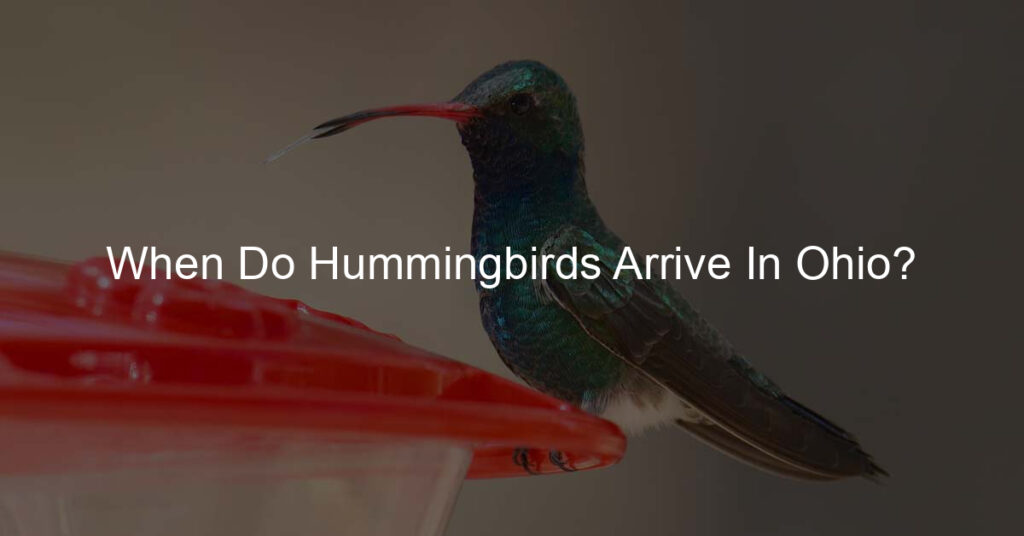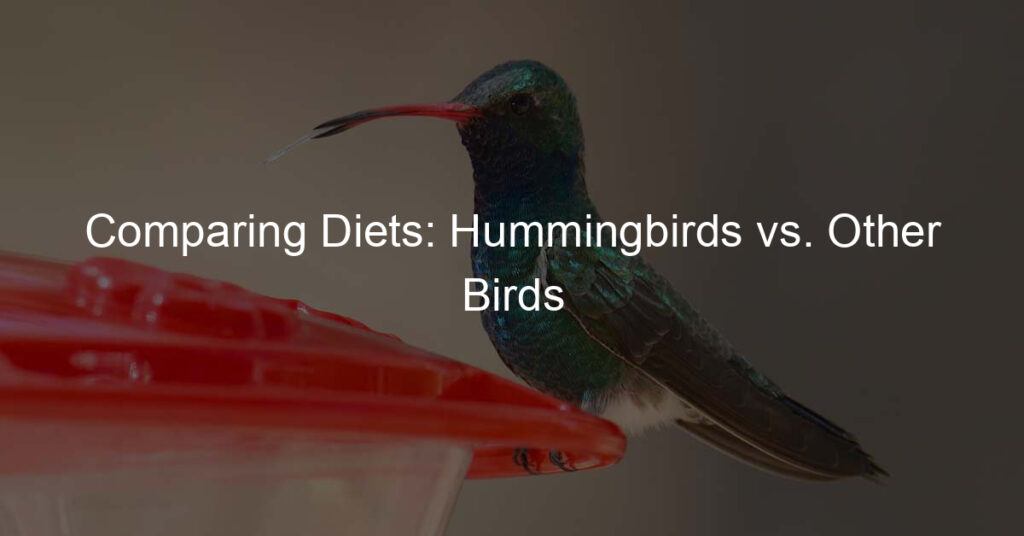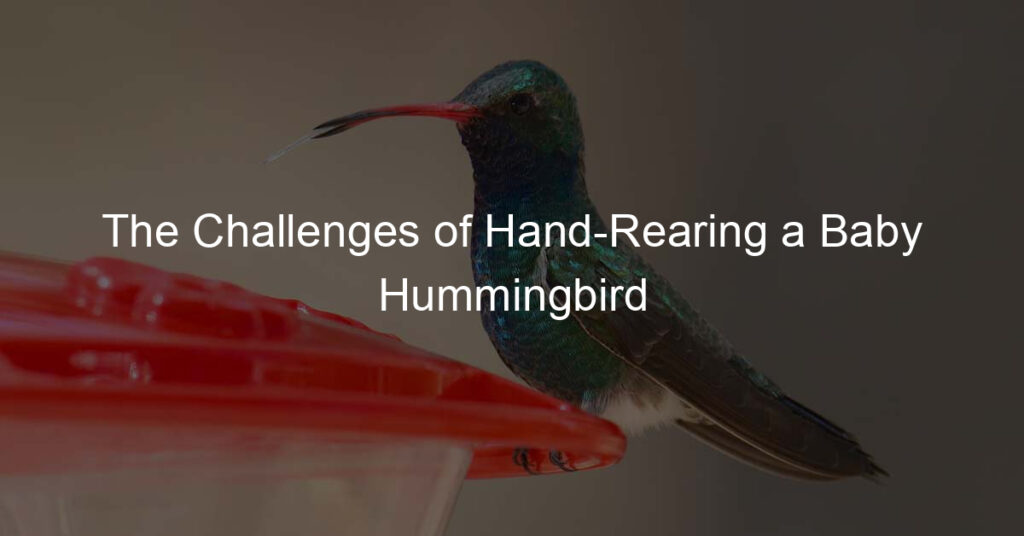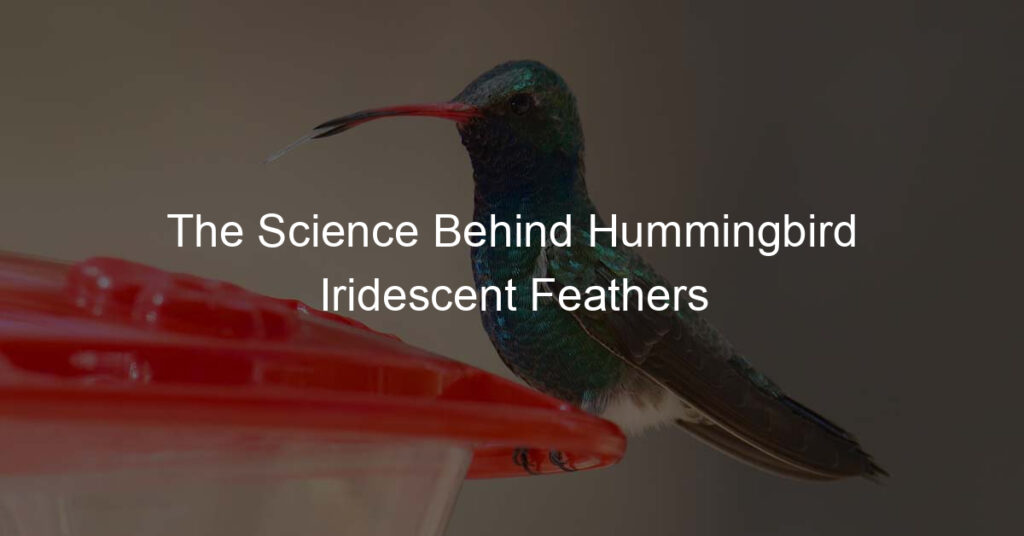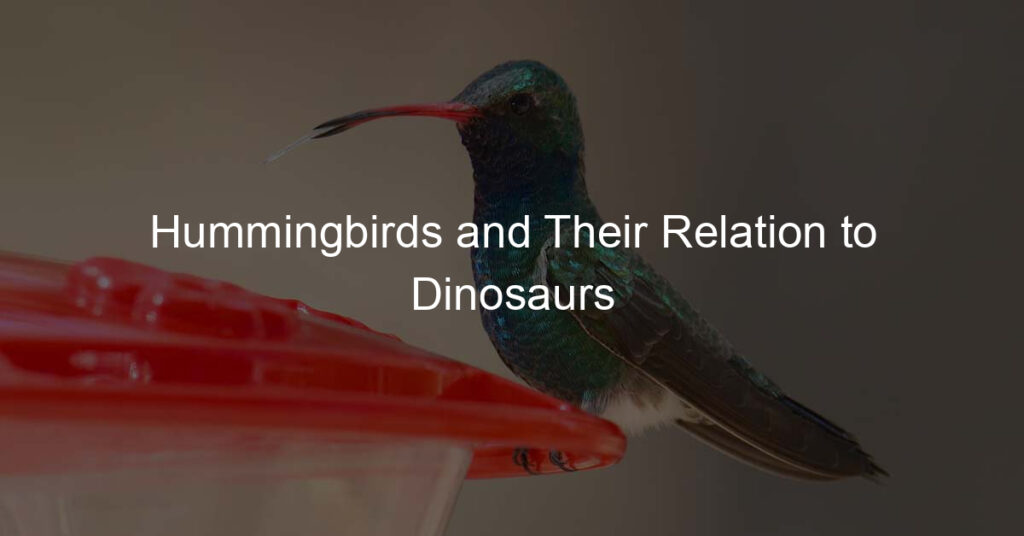Introduction: Hummingbirds in Ohio
Welcome to our exploration of the fascinating world of hummingbirds in Ohio. These tiny, vibrant birds are a joy to watch and play a vital role in our ecosystem. In this post, we will delve into their presence in Ohio and their importance to our environment.
Overview of Hummingbirds’ presence in Ohio
Hummingbirds are a common sight in Ohio, especially during the warmer months. They are migratory birds, which means they travel to Ohio in the spring and summer for breeding. According to the Ohio Department of Natural Resources, there are two primary species of hummingbirds found in Ohio: the Ruby-throated Hummingbird and the Rufous Hummingbird. These birds are attracted to Ohio’s rich flora, particularly flowers that produce nectar, which is their primary food source.
Importance of Hummingbirds to Ohio’s ecosystem
Hummingbirds play a crucial role in Ohio’s ecosystem. They are pollinators, which means they help plants reproduce by carrying pollen from one flower to another. This process is essential for the survival of many plant species. Additionally, hummingbirds also control insect populations by feeding on small insects, thus maintaining a balance in the ecosystem. Their presence signifies a healthy environment and contributes to the biodiversity of Ohio.
Join us as we delve deeper into the migration patterns, birdwatching tips, species identification, and feeding habits of these fascinating creatures in the following sections. By the end of this post, you’ll have a newfound appreciation for the joy and wonder that hummingbirds bring to Ohio.
Ohio Hummingbird Migration

Hummingbirds are fascinating creatures, and their migration patterns are a wonder to behold, especially in Ohio. Let’s delve into the world of these tiny birds and their remarkable journeys.
Understanding Bird Migration Patterns in Ohio
In order to fully appreciate the migration of hummingbirds, it’s crucial to understand the concept of bird migration as a whole. Bird migration refers to the regular seasonal movement of birds, often north and south along a flyway, between breeding and wintering grounds.
1. Explanation of bird migration
Birds migrate for a variety of reasons. For many, it’s about survival. They move to areas where food is more plentiful, or where they can escape harsh weather conditions. Some birds migrate to breed in the best possible environment. This is a complex process that involves a lot of factors, including the bird’s internal biological clock and environmental cues.
2. Factors influencing bird migration
Several factors influence bird migration, including the availability of food, changes in daylight, and weather conditions. Birds also use the Earth’s magnetic field to navigate during migration. Changes in any of these factors can impact the timing and success of a bird’s migration.
3. Specific migration patterns of Hummingbirds
Hummingbirds, like the Ruby-throated Hummingbird commonly found in Ohio, have unique migration patterns. They typically spend their winters in Central America or Mexico, and migrate north to the United States and Canada for the summer to breed. They often return to the same location every year, demonstrating an incredible memory for their migration route. This journey is a long one, and it requires a lot of energy. To prepare, hummingbirds will eat as much as they can to store fat, which will fuel their journey.
Understanding these migration patterns can help us better appreciate the hummingbirds we see in our Ohio backyards. It’s a testament to their resilience and adaptability, and a reminder of the important role we play in preserving their habitats.
Hummingbird Arrival Times in Ohio
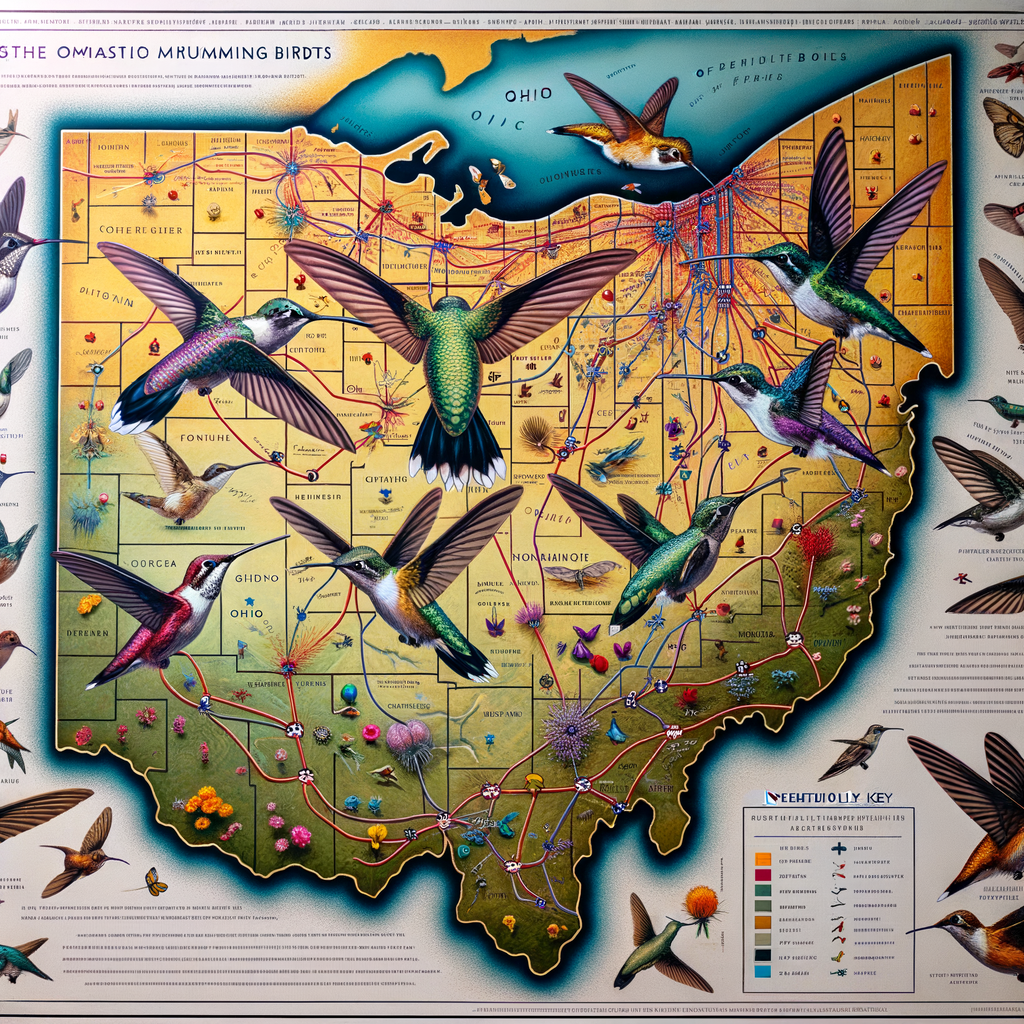
One of the most exciting times for birdwatchers in Ohio is the arrival of hummingbirds. These tiny, vibrant birds bring a unique charm to our backyards. But when exactly do they arrive? Let’s explore.
Typical arrival times for Hummingbirds
Hummingbirds typically begin their journey to Ohio in early spring, with the majority arriving between late April and early May. However, these dates can vary slightly each year. For example, the Ruby-throated Hummingbird, the most common species in Ohio, usually arrives between the last week of April and the first week of May.
Factors affecting arrival times
Several factors can influence when hummingbirds arrive in Ohio. Weather conditions, particularly temperature and precipitation, play a significant role. If the spring is unusually warm or cold, hummingbirds may arrive earlier or later than usual. Additionally, availability of food sources, such as flowering plants and insects, can also affect their arrival. Hummingbirds are known to time their migration to coincide with the blooming of certain flowers they feed on.
In conclusion, while we can predict the typical arrival times of hummingbirds in Ohio, it’s important to remember that nature can be unpredictable. So, keep your binoculars and cameras ready, because you never know when these delightful visitors might show up!
Ohio Birdwatching: Spotting the Hummingbirds
Ohio is a haven for birdwatchers, especially those with a keen interest in hummingbirds. These small, vibrant birds are a sight to behold and can be spotted in Ohio during certain times of the year. Let’s explore when you can expect to see hummingbirds in Ohio and the best times to spot them.
When to Expect Hummingbirds in Ohio
Hummingbirds are migratory birds, meaning they travel to different regions depending on the season. In Ohio, they typically arrive in late April or early May and stay until late September or early October. However, this can vary slightly depending on weather conditions.
Seasonal patterns of Hummingbirds in Ohio
Hummingbirds in Ohio follow a distinct seasonal pattern. They usually arrive in the spring, around late April or early May. This is when they start their breeding season. By late September or early October, they begin their migration south for the winter. However, these patterns can shift slightly depending on the weather and climate conditions each year.
Best times of day for spotting Hummingbirds
The best times of day to spot hummingbirds are in the early morning and late afternoon. These are the times when hummingbirds are most active, as they are searching for food. They are particularly attracted to brightly colored flowers and feeders, so keep an eye out during these times for the best chance to spot them.
Remember, patience is key when birdwatching. Hummingbirds are small and fast, so they can be easy to miss if you’re not paying close attention. But with some patience and a keen eye, you’ll be able to spot these beautiful creatures in their natural habitat.

Best Locations for Birdwatching in Ohio
Ohio is a birdwatcher’s paradise, boasting a variety of habitats that attract a wide range of bird species. Whether you are a seasoned birdwatcher or a beginner, there are several spots in Ohio that provide excellent opportunities to spot your favorite birds, especially hummingbirds. Let’s explore some of the top birdwatching spots in Ohio and specific locations where you can spot hummingbirds.
Top birdwatching spots in Ohio
Ohio is home to numerous birdwatching locations that are known for their diverse bird populations. Some of the top spots include:
Magee Marsh Wildlife Area: Known as the “Warbler Capital of the World,” this area is a hotspot for birdwatchers during the spring migration.
Cuyahoga Valley National Park: This national park offers a variety of habitats, making it a great location to spot different bird species.
Ottawa National Wildlife Refuge: Situated along Lake Erie, this refuge is a great place to see waterfowl and shorebirds.
Specific locations for spotting Hummingbirds
Hummingbirds are a delight to watch, and Ohio provides several locations where you can spot these tiny, fast-flying birds. Here are a few places where you can see hummingbirds in Ohio:
Shawnee State Park: This park is known for its hummingbird population, especially during the migration season.
Hocking Hills State Park: The park’s diverse habitats attract a variety of bird species, including hummingbirds.
Blacklick Woods Metro Park: This park is home to a variety of bird species, including the Ruby-throated Hummingbird.
Remember, patience is key when it comes to birdwatching. So grab your binoculars, head to these locations, and enjoy the beauty of Ohio’s birdlife.
Hummingbird Species in Ohio
Ohio is a wonderful place for birdwatchers, especially those who have a keen interest in hummingbirds. There are several species of hummingbirds that you can spot in Ohio. Let’s take a closer look at the common hummingbird species found in this region and explore their unique characteristics.
Common Hummingbird species in Ohio
Primarily, you can find two species of hummingbirds in Ohio: the Ruby-throated Hummingbird and the Rufous Hummingbird.
The Ruby-throated Hummingbird is the most common species in Ohio. They are known for their bright red throat, also called a gorget, and their emerald green back.
The Rufous Hummingbird, on the other hand, is a rare sight in Ohio. They are named for their reddish-brown color and are known for their long migratory journeys.
Unique characteristics of each species
Each hummingbird species has its own unique characteristics that make them stand out.
The Ruby-throated Hummingbird, for instance, is known for its agility. It can fly straight up, down, and even backwards! They also have the ability to hover in mid-air, a skill that not many birds possess. Their diet mainly consists of nectar from flowers and small insects.
The Rufous Hummingbird, despite its small size, is known for its feisty nature. They are very territorial and will defend their feeding areas from other hummingbirds. They have a broad diet, feeding on nectar from a variety of flowering plants and small insects.
Observing these hummingbirds in their natural habitat is a joy for birdwatchers. Their unique characteristics and behaviors make them a fascinating subject for study and appreciation.
Hummingbird Feeding Habits
Understanding the feeding habits of hummingbirds can help us appreciate these tiny creatures even more. Let’s delve into what these fascinating birds eat and how their diet changes during migration.
What Do Hummingbirds Eat?
Hummingbirds are known for their fast-paced lifestyle and high energy needs. But what exactly fuels these vibrant birds?
- Typical diet of a Hummingbird
Hummingbirds primarily feed on nectar from flowers, which provides them with the sugar they need for energy. They have a long, slender beak and a specialized tongue that allows them to extract nectar from deep within flowers. According to Wikipedia, hummingbirds can consume up to half their body weight in nectar each day!
But nectar isn’t their only food source. Hummingbirds also eat insects and spiders for protein, which is essential for growth and reproduction. They often catch these small creatures in mid-air or pick them off leaves and bark.
- How feeding habits change with migration
When it’s time for hummingbirds to migrate, their feeding habits change significantly. They start to eat more, almost doubling their body weight in fat to store energy for the long journey. They also switch to eating more insects for protein to build muscle strength.
During migration, hummingbirds may also change their feeding locations. They often visit feeders and gardens in residential areas, where they can find an abundance of nectar-rich flowers and sugar water feeders.
Understanding the feeding habits of hummingbirds not only enhances our appreciation for these tiny creatures but also helps us create a more hummingbird-friendly environment. Whether it’s planting nectar-rich flowers or setting up a feeder, we can all play a part in supporting these remarkable birds.
Conclusion: The Joy of Hummingbirds in Ohio
As we reach the end of our journey exploring the world of hummingbirds in Ohio, it’s time to reflect on the fascinating insights we’ve gathered. The beauty and importance of these tiny creatures cannot be overstated. They not only add color and vibrancy to our environment but also play a crucial role in pollination, contributing to the health of our ecosystem.
Recap of Hummingbird migration in Ohio
Hummingbirds, despite their small size, undertake a remarkable journey every year. They migrate from Central America to Ohio, covering thousands of miles. This migration is a testament to their strength and endurance. In Ohio, they arrive in the spring and stay until the fall, gracing us with their presence and providing ample opportunities for birdwatchers to observe and admire them. The Ruby-throated Hummingbird, in particular, is a common sight in Ohio during this period.
Final thoughts on the beauty and importance of Hummingbirds
Hummingbirds are not just beautiful to look at; they are also essential contributors to our ecosystem. Their rapid wing movements and ability to hover make them unique among birds. They feed on nectar from flowers, and in the process, they help in pollination, which is vital for the survival of many plant species. Their beauty and their role in nature make them a joy to observe and a crucial part of our environment.
In conclusion, the hummingbirds of Ohio are a source of joy and wonder. Their migration is a spectacle to behold, and their presence enhances the beauty of our environment. As we continue to learn more about these fascinating creatures, let’s also remember to protect and preserve their habitats, ensuring that future generations can also experience the joy of hummingbirds in Ohio.

